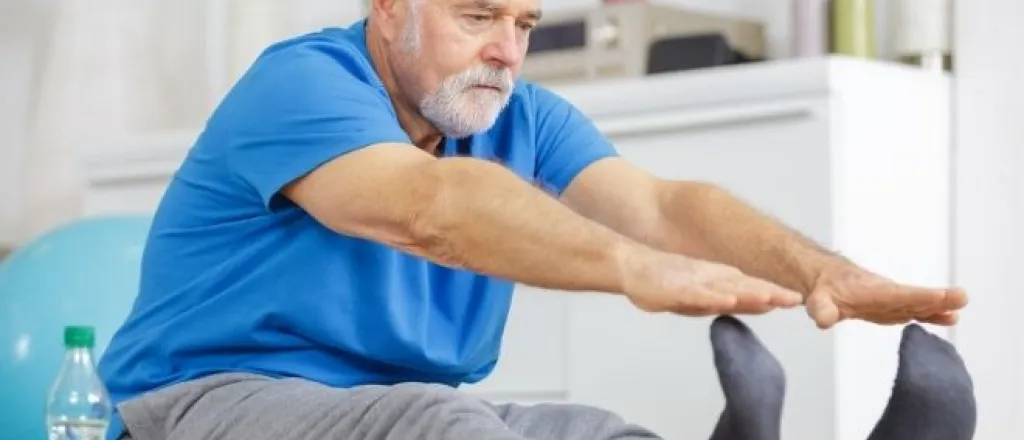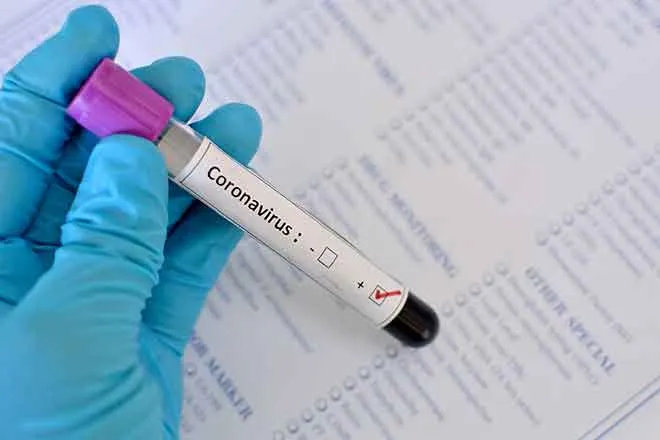
Tips for Avoiding Injuries During Physical Activity
Doing any sort of strenuous exercise can lead to injuries when you approach it carelessly. Whether you are going for an intense hike on one of the many scenic Colorado trails, playing a sport, or working in a physically demanding profession, you should take measures to reduce your risk of getting hurt. Putting some time and energy into preventative steps can save you from weeks or even months of unnecessary downtime due to carelessness. Follow these tips for avoiding injuries during physical activity so you won’t need to deal with the frustration.
Warm up Beforehand
Before engaging in physical activity, take a few minutes to warm up. Get your heart rate up to increase blood flow and prepare your body for the exertion you will soon put it through. Perform movements that will be relevant to the activity you are about to do. Examples include dynamic stretches, in which you move your limbs through a full range of motion, and simple walking. These exercises will remove the stiffness from your muscles. Many people believe static stretches, in which you hold fixed positions, are helpful as well, but you should avoid them during warmup. These types of stretches, when you perform them with cold muscles, are more likely to result in muscle tears.
Care for Your Feet
Many physical activities involve walking or running, so of course, they require your feet. A vital aspect of protecting them before and during physical activity is to wear the correct footwear. Sneakers will lower the chance that you hurt your feet while running around, and boots can provide the support and traction you need to avoid sprained ankles and foot pain while you hike or work. After a long day out, foot mobility exercises in which you move your toes and stretch your joints can help you take care of your feet as well.
Know When to Stop
Even with warm-ups and the right gear, you may still suffer harm at some point. Therefore, a useful tip for avoiding injures during physical activity is to know when to stop. You can expect muscle soreness when you are exercising or using your body to perform laborious tasks, but it’s not the same as a serious injury. Learn to differentiate between these two types of pain so that you don’t make injuries worse. Common pain associated with physical activity is milder and still allows you to move through your normal motions. An injury, on the other hand, will cause a sharp pain that limits your natural movements and stays at the forefront of your attention, even if you try and ignore it. Serious injuries may also feel localized to an area of your body other than just the muscle, such as the tendons or bone.















